When it comes to landscaping with burning bushes, there are a lot of important decisions to make. What kind of design will work best for your home? And, perhaps most importantly, what should you plant under your burning bush? Luckily, we've done research to help you improve the style of your burning bush.
There are a lot of different options for plants that can go well with a burning bush, and the right choice will depend on your personal tastes and the climate in your area.
- Columbine
- Bleeding Heart
- Dark Knight Caryopteris
Read on to learn more about some of the best plants to put under a burning bush! Also, check out other options you can plant in the vicinity of the burning bush for a beautiful landscape.

Why Is It Important To Plant The Right Plant Under A Burning Bush?
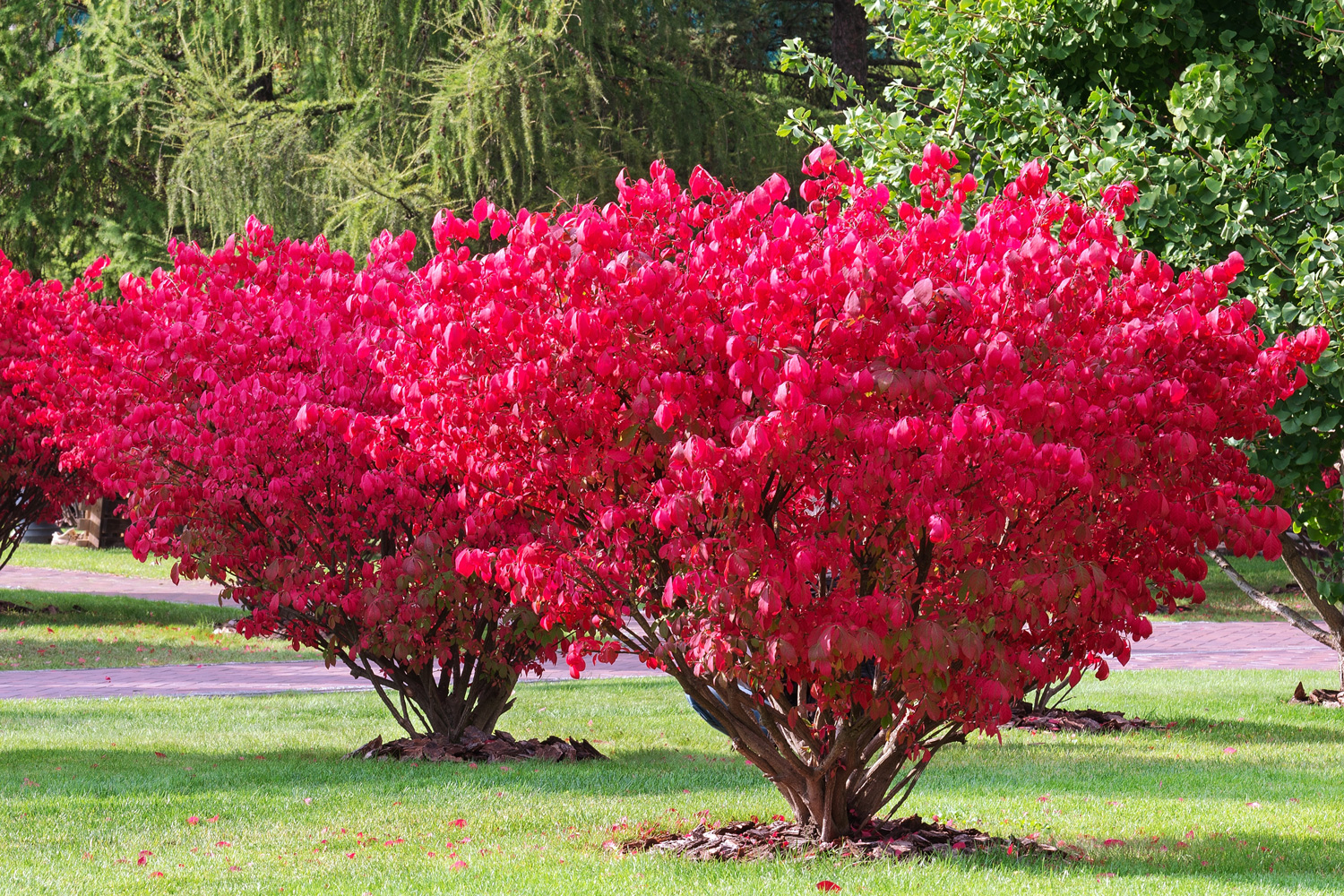
Burning bushes are lovely shrubs that add color and interest to the landscape. They are easy to care for and maintain, and they can tolerate a wide range of growing conditions.
But then, burning bushes can also become overgrown and invasive, crowding out other plants in the garden. To prevent this from happening, it is important to choose the right companion plants for your burning bush. Some good options are all relatively low-maintenance and will help to keep your burning bush under control.
With a little planning, you can create a beautiful and low-maintenance garden that includes a variety of interesting plants.
What Kind Of Plants Work Well With A Burning Bush?
Burning bushes are a type of shrub that is known for their vibrant red leaves. While they make a beautiful addition to any garden, they can also be quite finicky. As a result, it is important to choose the right plants to pair with them.
- One option is to plant taller plants in front of the burning bush to create a natural privacy screen. You can choose from woody trees or colorful fall trees.
- Another option is to pair them with evergreens, which can help accentuate the leaves' color.
- Finally, consider adding some annuals or perennials for a pop of color.
When selected carefully, these plants can create a stunning display that is sure to turn heads.
What Are The Best Plants To Plant Under A Burning Bush?
With these guidelines in mind, here are a few plants that make good companions for the burning bush:
1. Columbine
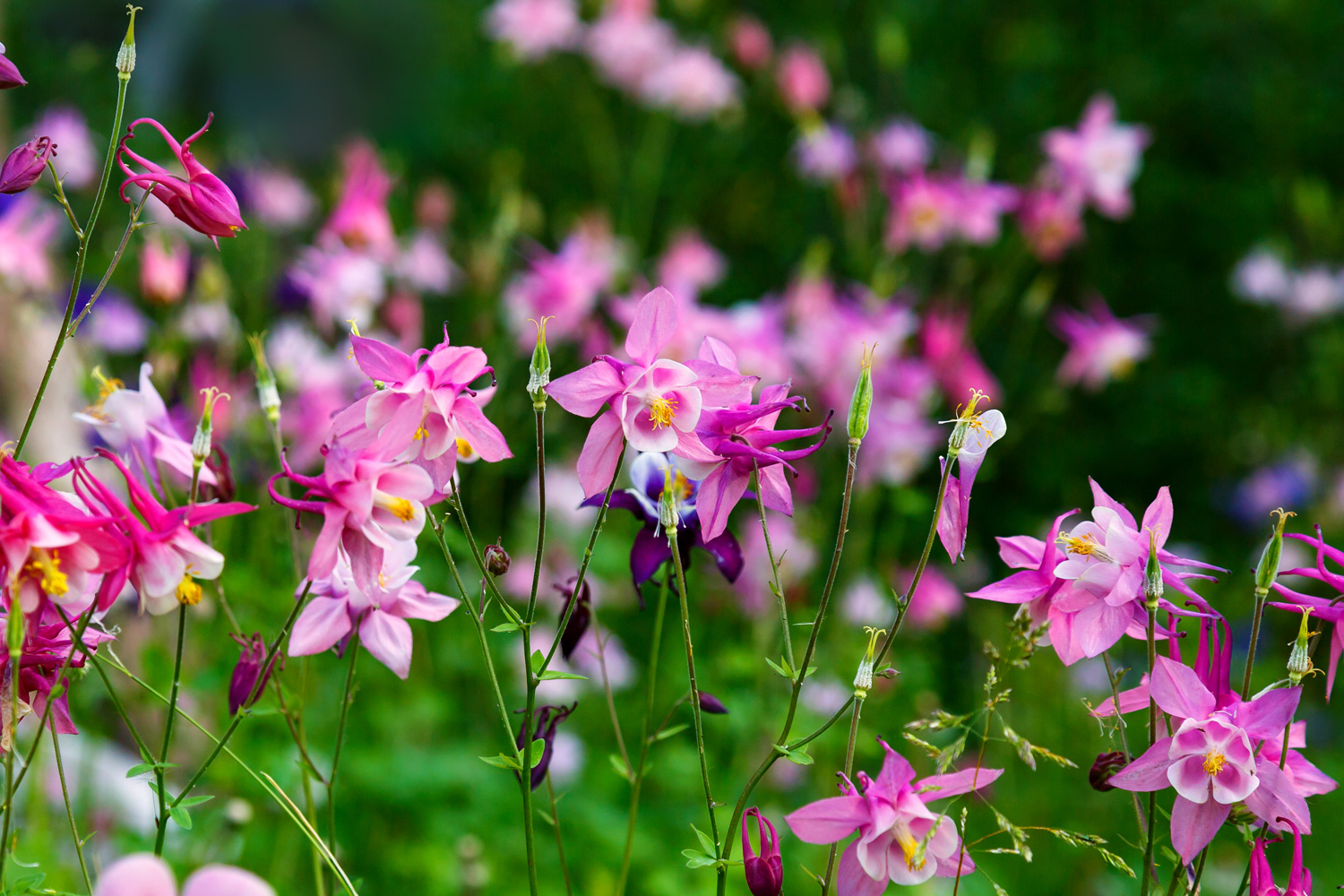
Columbine is a good plant to put under a burning bush because it provides contrast in shape and color. The leaves of the columbine are deeply lobed and have a feathery appearance, while the leaves of the burning bush are much more simple in shape.
The flowers of the columbine are also very showy, with long petals that come in a variety of colors including white, pink, and purple. The overall effect is that the columbine provides an interesting foiliage for the more subdued tones of the burning bush.
2. Bleeding Heart

Bleeding hearts are beautiful, romantic perennials that thrive in shady gardens. They get their name from their heart-shaped flowers, which bloom in shades of pink, red, and white. But bleeding hearts are more than just a pretty face; they are also excellent companions for other shade-loving plants.
One plant that bleeding hearts make a particularly good partner for is the burning bush. When planted together, bleeding hearts and burning bush create a beautiful tapestry of color and texture that will add interest to your garden from spring to fall.
3. Dark Knight Caryopteris
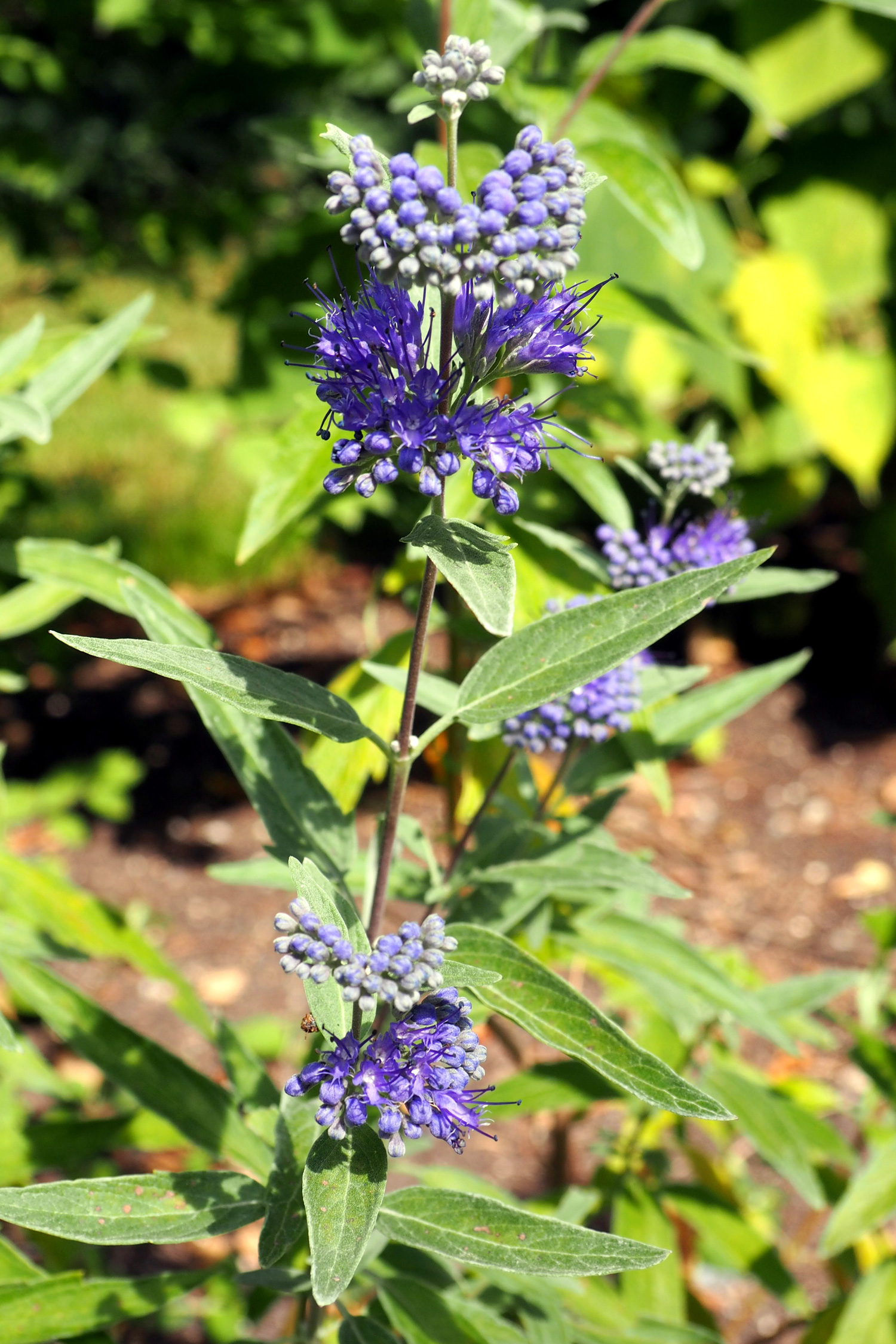
Dark knight caryopteris is a butterfly-attracting perennial that thrives in the shady conditions underneath a burning bush.
This low-maintenance plant is easy to care for and provides plenty of nectar for bees, birds, and butterflies throughout the growing season. Caryopteris x clandonensis 'Dark Knight' also has beautiful blue flowers that make it a welcome addition to any garden.
How To Choose The Plants To Plant Under Burning Bush?
The burning bush can grow up to 15 feet tall and 10 feet wide; this plant is often used as a privacy hedge or foundation plant. If you're looking for something to plant under your burning bush, there are a few key things to consider.
- First, choose a plant that will not outgrow the burning bush.
- Pick a plant that has similar sun and soil requirements.
- Then, consider the mature size and growth habits of the plant.
- Lastly, make sure to choose a plant that will not compete with the burning bush for nutrients.
The right plant for your garden will depend on your personal preferences and the climate in your area. With a little research, you can find the perfect plant to complement your burning bush and create a stunning landscape.
What Should You Avoid Planting Under A Burning Bush?
When it comes to landscaping, there are a few things to consider before adding plants to your garden. Burning bushes are known for being vigorous growers, and their roots can spread quickly and aggressively.
As a result, it’s best to remember that planting other shrubs or trees nearby, as may compete for resources and become overgrown. Additionally, it’s important to choose plants that have similar watering needs, as too much or too little water can damage both the burning bush and its companions.
With a little planning, you can create a beautiful and low-maintenance landscape that will thrive for years to come.
What Are Other Plants That Goes Along With Burning Bush?
Besides the plants that look phenomenal under a burning bush, you can also work on plants that can go over or around it. Here are some suggestions of plants that would look fantastic with burning bush:
1. Japanese Cryptomeria
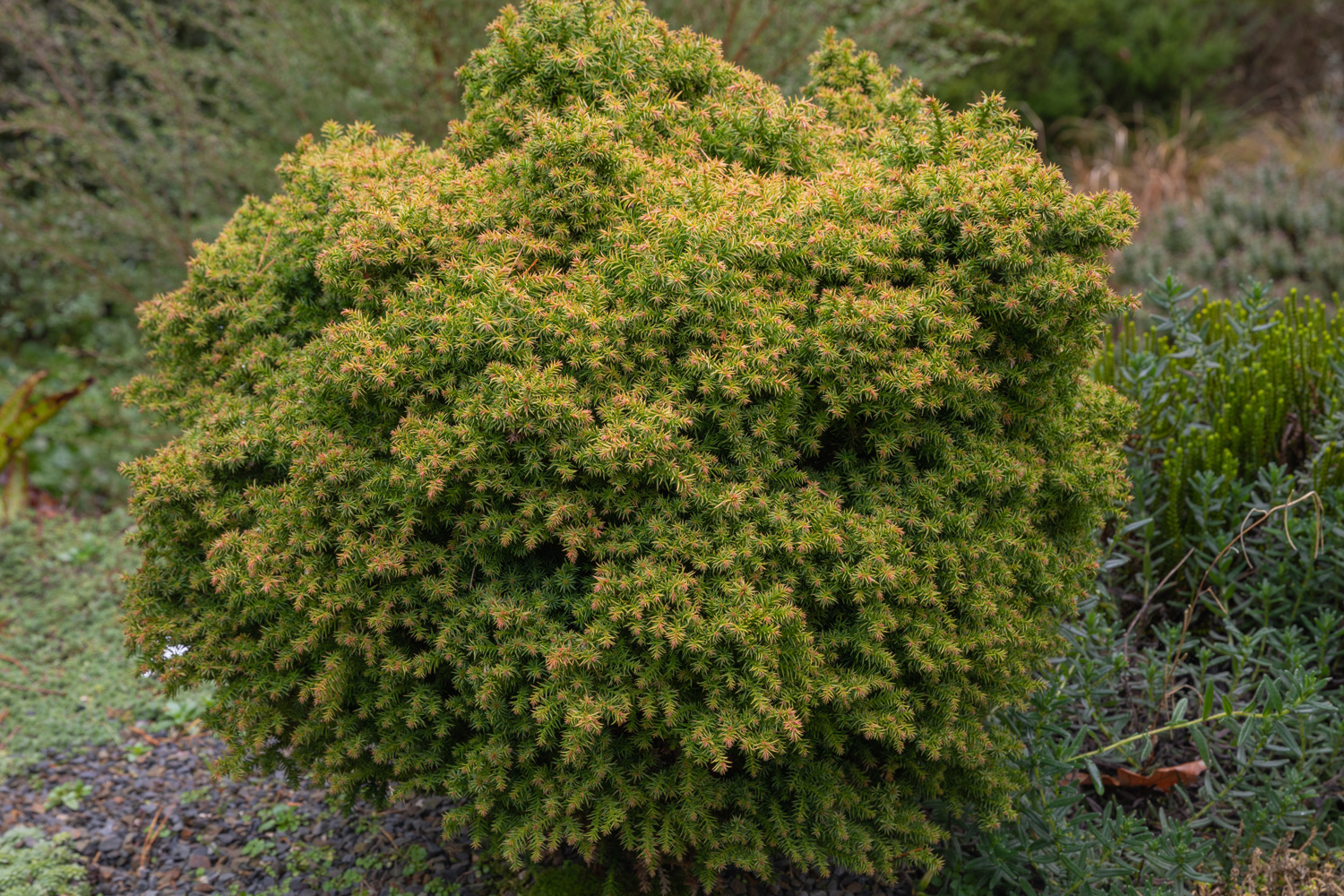
Japanese cryptomeria is an excellent plant to combine with a burning bush. The plant has dense, evergreen foliage that helps to prevent weeds from taking root.
In addition, the cryptomeria will help to hold moisture in the soil, preventing the roots of the burning bush from drying out. The cryptomeria also has a shallow root system that will not compete with the roots of the burning bush for moisture or nutrients.
As a result, the cryptomeria will help to create a healthy environment for the burning bush to thrive.
2. Monkey Puzzle Tree
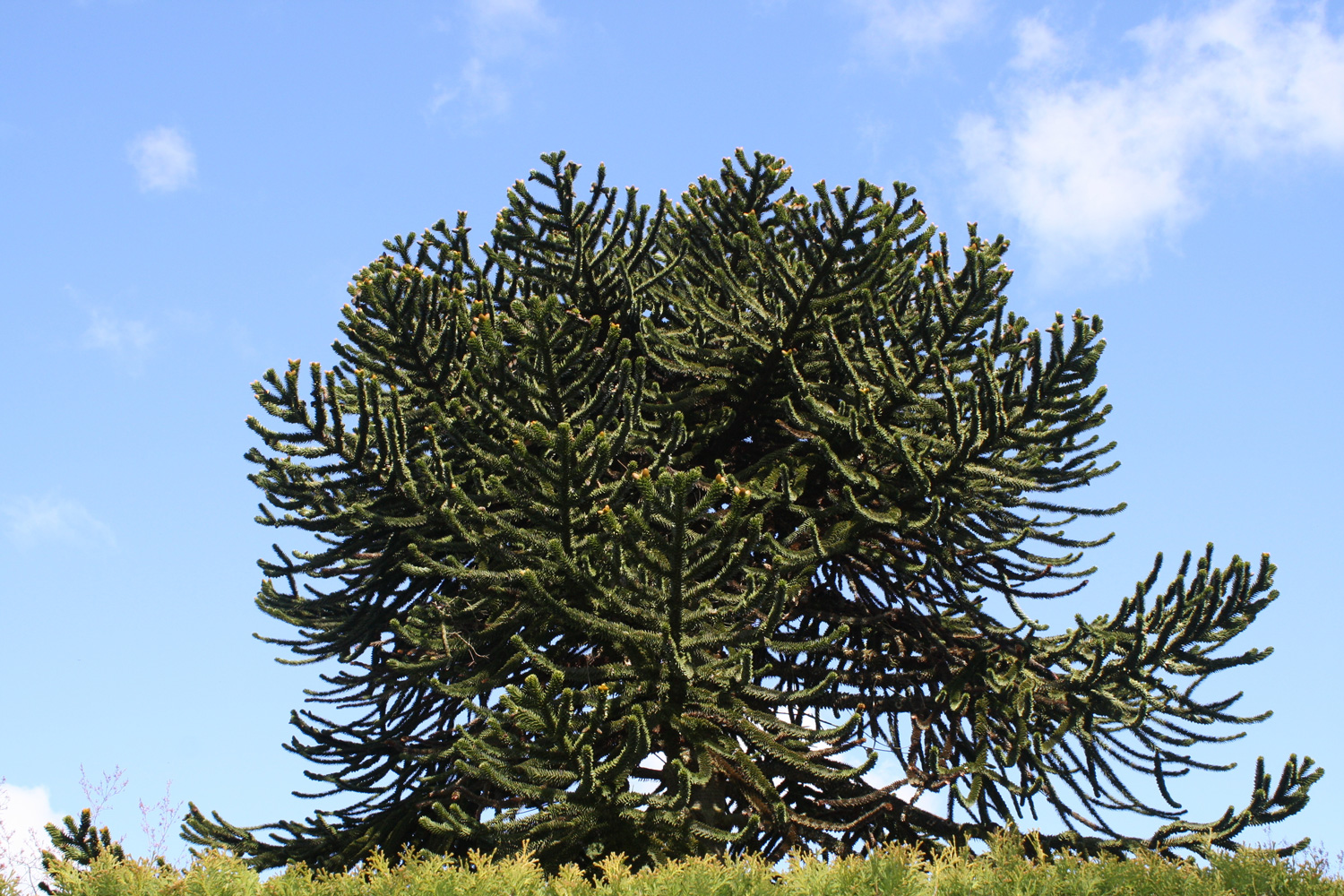
The monkey puzzle tree is an unusual-looking plant that can add some visual interest to any garden. It is also a good choice for planting beside a burning bush plant, as it can help to prevent soil erosion. The roots of the monkey puzzle tree help to hold the soil in place, and the dense network of blades helps to deflect wind and water.
Besides that, the tree can help to slow down the flow of rainwater, giving the ground a chance to absorb the water before it runs off. As a result, the monkey puzzle tree can play an essential role in preventing soil erosion.
The tree is also known for its ability to withstand extreme weather conditions. This makes it an ideal choice for gardens in areas that experience high winds or heavy rains.
3. Douglas Fir

Douglas fir is an excellent plant to use beside a burning bush. It has many characteristics which make it well-suited for this purpose. For example, the Douglas fir is a relatively slow-growing tree, so it won't quickly outgrow and shade the burning bush.
Additionally, Douglas fir has flat needles which create dense foliage, providing good cover for the lower leaves of the burning bush. These characteristics make Douglas fir an ideal plant to use as an understory under a burning bush. Besides its utility, Douglas fir also has a beautiful form and is an interesting addition to the landscape.
4. California Red Fir
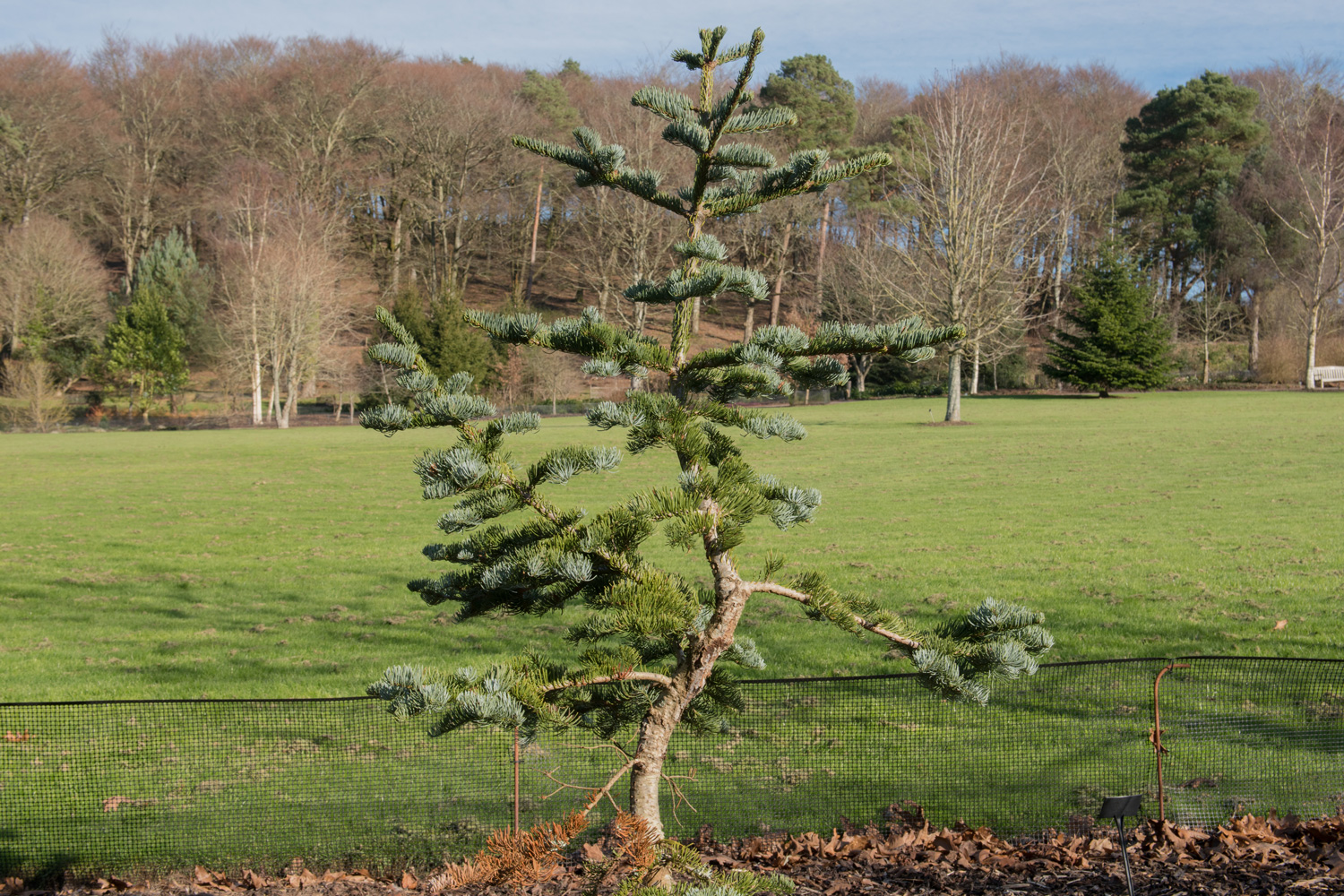
California red fir is an excellent tree to plant beside a burning bush. It is hardy and fast-growing, reaching a height of 60-80 feet in just 20 years. Additionally, it has a deep root system that helps to stabilize the soil, preventing erosion.
The tree also provides year-round interest, with its evergreen needles providing a contrast to the burning bush's bright red berries. In addition, the two plants have similar cultural requirements, making them easy to care for. As a result, planting a California red fir near a burning bush is an ideal way to create an attractive and low-maintenance garden.
What Is An Alternative Plant For Burning Bush?
The burning bush is a popular landscaping plant due to its fiery red leaves in the fall. But, it is also an invasive species that can crowd out native plants. If you're looking for a similar plant that won't wreak havoc on your local ecosystem, consider the brandywine.
Like the burning bush, it has brilliant red leaves in the fall. Yet, it is a native plant that is much better suited to life in North America. In addition, the brandywine is more tolerant of poor soil and drought conditions than the burning bush.
As a result, it is a low-maintenance plant that will provide plenty of fall color without causing any problems.
Final Thoughts
If you are looking for plants to put under your burning bush, there are a few options. You can either choose plants that will grow well in the same soil as the burning bush or choose plants that have similar growing needs. No matter what type of plant you choose, make sure to keep an eye on it and water it regularly so that it does not get overshadowed by the burning bush.
To learn more about proper planting and plant combinations, check out our posts below:
17 Best Privacy Bushes And Shrubs
